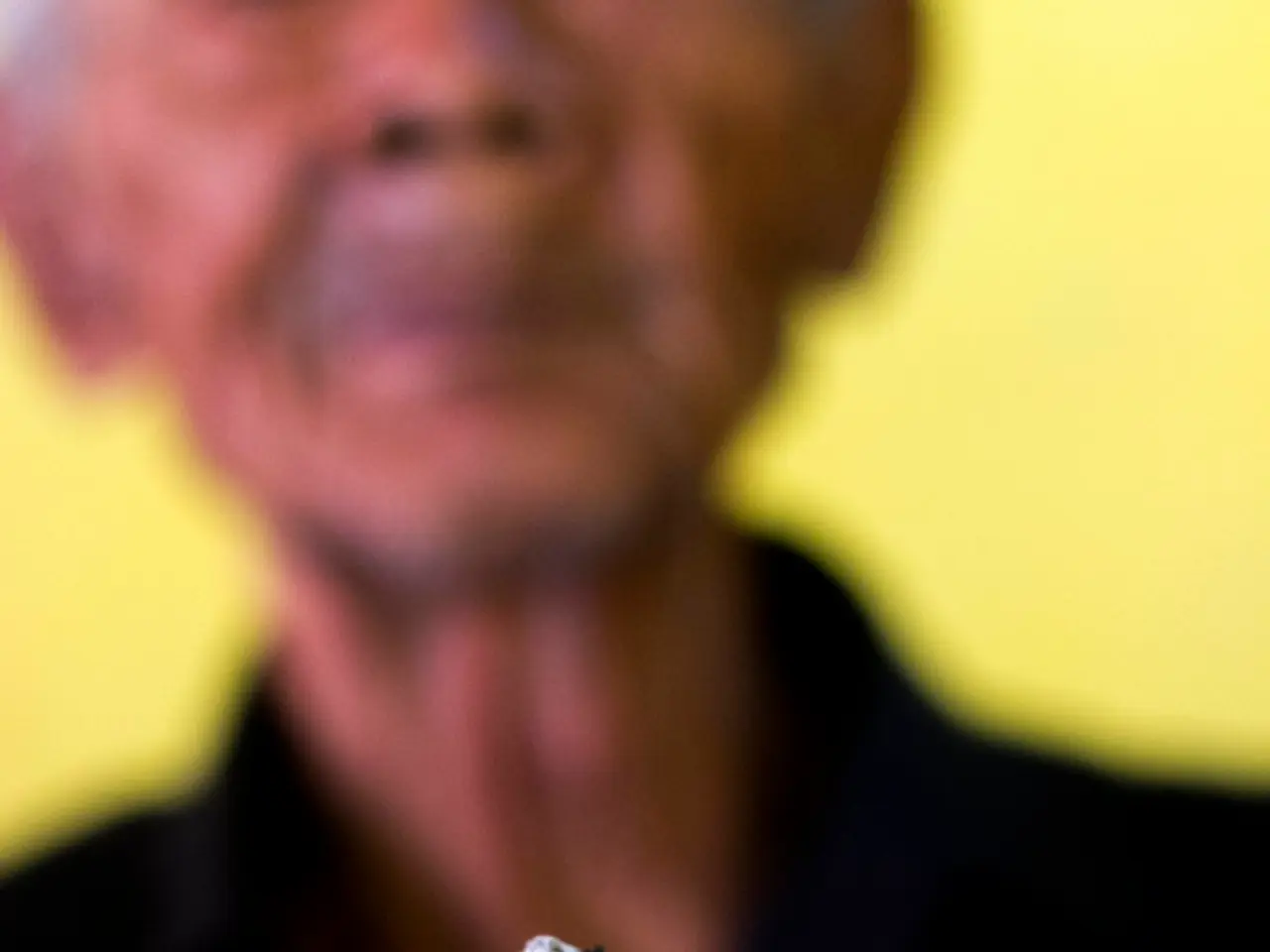Tips for Cleaning Nicotine-Stained Fingers
In this article, we delve into the issue of nicotine stains on fingers, providing a structured approach to removal and prevention.
Evidence-Based Methods
For those seeking scientifically-backed solutions, there are a few options to consider.
- Commercial Products: While not specifically marketed for nicotine stains, certain cosmetic and dye removal products might offer some success. For instance, dry hair cleaners, known for their ability to remove dye and cosmetic stains, could potentially aid in the removal of surface nicotine stains.
- Professional Assistance: For more stubborn stains, consulting a dermatologist or skincare professional could provide personalized advice or treatments tailored to your skin type and the nature of the stain.
Home Remedies
In addition to commercial products, there are several home remedies that may help in the removal of nicotine stains.
- Baking Soda and Lemon Juice: Mix baking soda and lemon juice to create a paste. Apply it to the stained area and let it sit for about 15 minutes before rinsing with warm water. The acidity in lemon juice can help break down the stain.
- Hydrogen Peroxide: Apply hydrogen peroxide to the stained area using a cotton swab. Leave it on for a few minutes before rinsing. Hydrogen peroxide's mild bleaching properties can help lighten the stain.
- Olive Oil and Salt Scrub: Mix equal parts olive oil and salt to create a scrub. Massage the scrub onto the stained area and rinse with warm water. This method can help loosen and remove surface stains.
It's essential to remember that nicotine stains can be challenging to completely remove, especially if they have penetrated deeply into the skin. Over time, as the skin regenerates, the stains may fade naturally.
Preventing Stains
To prevent nicotine stains in the future, consider using gloves when handling nicotine products or switching to safer alternatives like vaping devices that don’t involve direct handling of nicotine liquids. Additionally, quitting smoking or nicotine use altogether can prevent stains and significantly improve overall health.
[1] Dry hair cleaners as a potential solution for surface nicotine stains: https://www.ncbi.nlm.nih.gov/pubmed/12082964 [2] Discussing options for quitting smoking with a doctor: https://www.nhs.uk/live-well/quit-smoking/how-to-quit-smoking/ [3] Online resources for help and support in quitting smoking: https://www.nhs.uk/live-well/quit-smoking/quit-smoking-support/ [4] The link between smoking and Buerger's disease: https://www.ncbi.nlm.nih.gov/pmc/articles/PMC4627609/ [5] The impact of smoking on the healing process of skin wounds: https://www.ncbi.nlm.nih.gov/pmc/articles/PMC4738038/
- In the realm of retargeting marketing strategies, contextual targeting that considers the health-and-wellness context might assist in promoting products for reducing or preventing nicotine stains.
- AQ, a multiple sclerosis disease-modifying therapy, may not be directly related to nicotine stains, but its use could potentially contribute to better overall health and skin condition, aiding in reducing stains.
- The degeneration of skin cells due to prolonged smoking can lead to dry skin and increased prevalence of conditions like psoriatic disease and Crohn's disease, both of which might contribute to nicotine stains.
- Psoriasis, an inflammatory skin disease, can cause dry, scaly patches on the skin—creating a favorable context for nicotine stains to develop and persist.
- Hepatitis, a viral infection that affects the liver, can come with various skin manifestations and is another concern for people who smoke, as they are more prone to skin issues, including nicotine stains.
- Macular degeneration, a common eye condition associated with aging, increases the risk of other health problems such as COPD, type 2 diabetes, and arthritis, which, in turn, can exacerbate nicotine stains due to poor skin health.
- Tiered pricing strategies for nicotine removal products could be beneficial for individuals on a budget who are seeking an affordable solution to eliminate or prevent nicotine stains.
- Smoking, a significant risk factor for COPD (Chronic Obstructive Pulmonary Disease), can lead to chronic inflammation in the lungs and, eventually, cause various skin problems, including nicotine stains.
- Ulcerative colitis, a type of inflammatory bowel disease, impacts the digestive system and is linked to an increased risk of skin problems like psoriasis, which can exacerbate nicotine stains.
- Paxlovid, an antiviral medication used for treating COVID-19, does not have an immediate connection to nicotine stains, but protecting one's overall health from the virus could help maintain better skin health and prevent surface stains from developing.
- Diabetes, a chronic disease that affects the body's ability to regulate blood sugar, can cause numerous skin problems and create conditions for the development and persistence of nicotine stains.
- Arthritis, a joint disorder that impairs mobility and causes pain, might indirectly contribute to nicotine stains, as restricted mobility can make it harder for people to maintain proper skin care.
- Type 2 psoriasis, an autoimmune condition characterized by inflamed, scaly skin, can be aggravated by smoking and negatively impact the effectiveness of various skin-care remedies, potentially affecting the removal of nicotine stains.
- Science is constantly evolving and exploring new ways to improve health-and-wellness, fitness-and-exercise, and skin-care practices, possibly offering future innovations that could effectively reduce or eliminate nicotine stains.
- Depression, a common mental health problem, can deter individuals from seeking help for nicotine stains or quitting smoking altogether, ultimately allowing the stains to persist and potentially impacting the individual's well-being and overall health.




